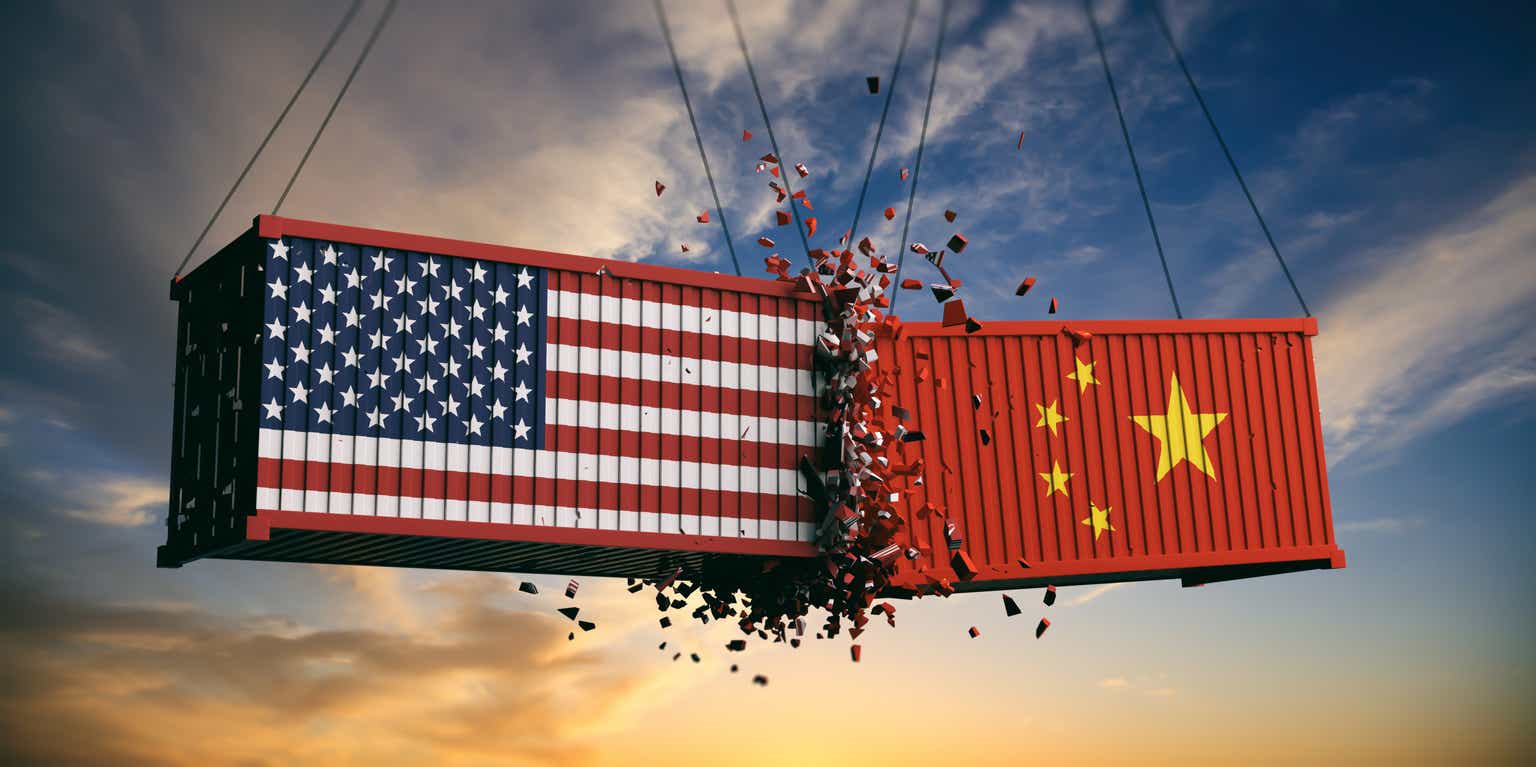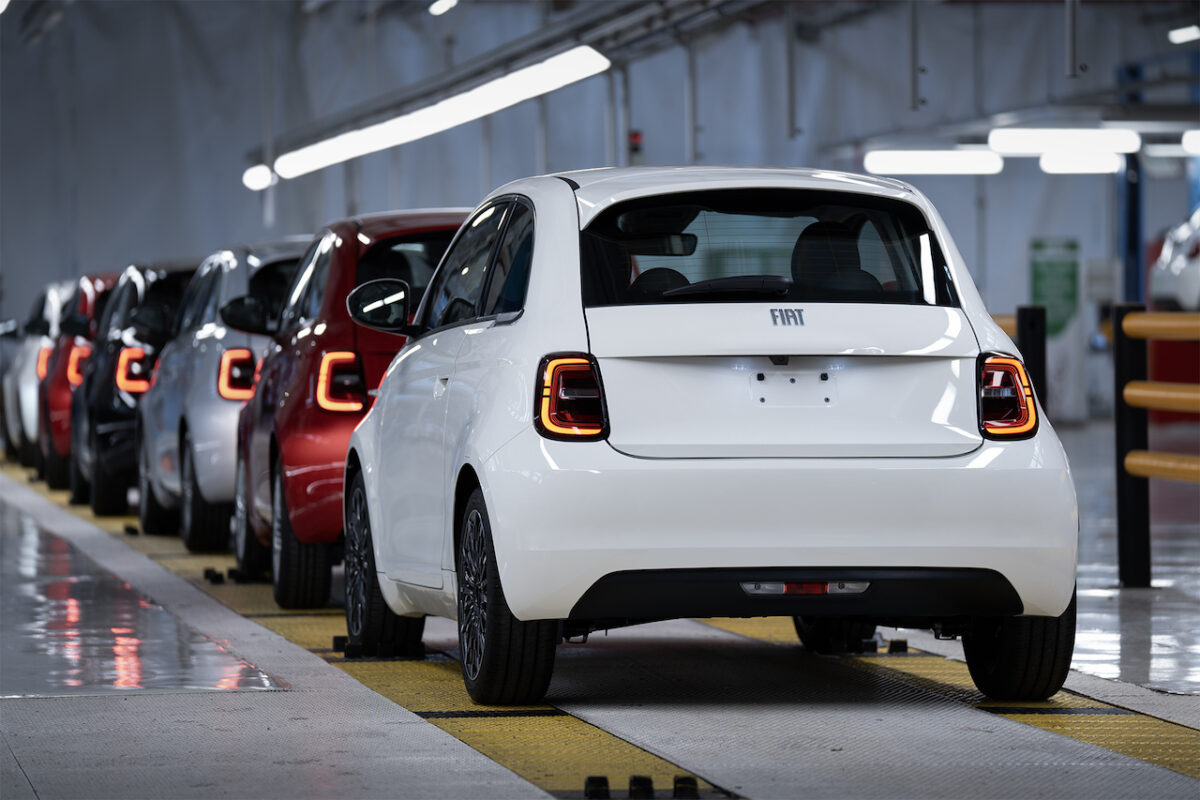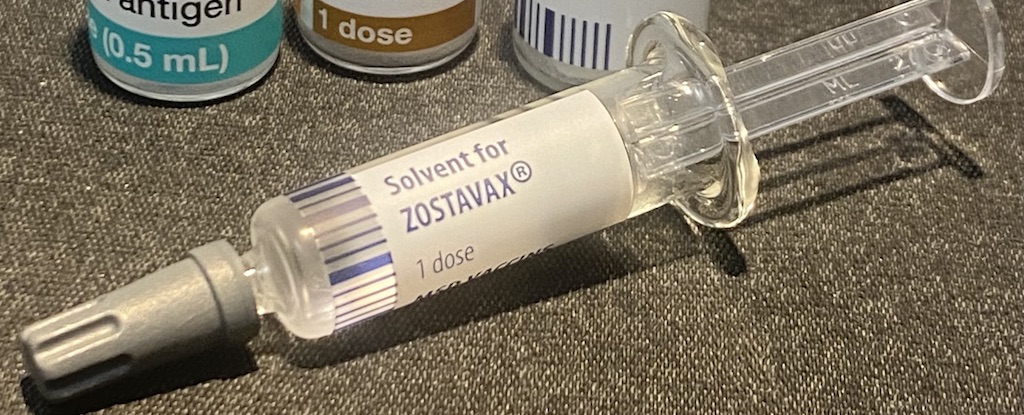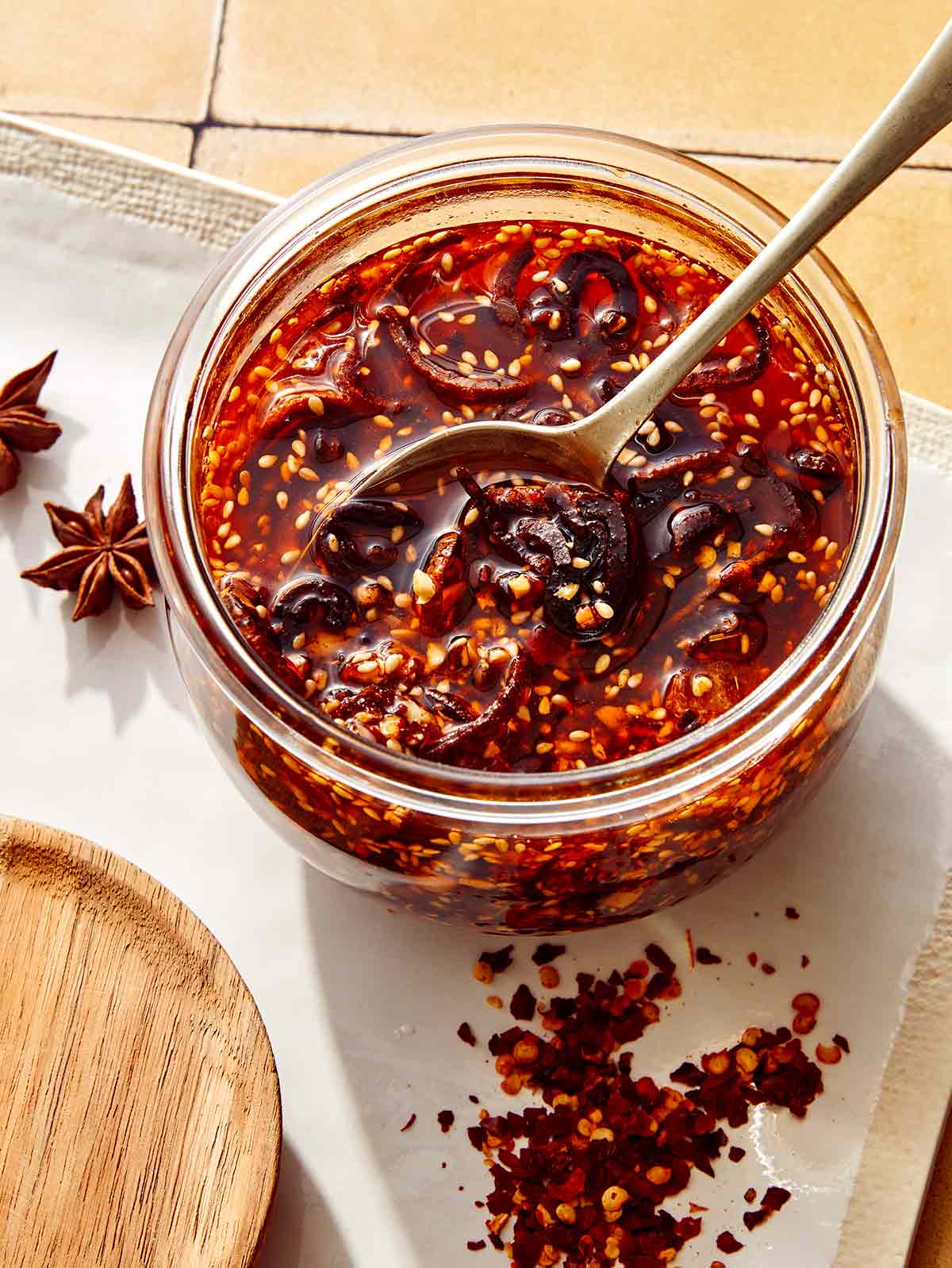Why Knitting Fabric Is Ideal for Comfortable Clothing
Knitting fabric offers unmatched softness, stretch, and breathability—making it the top choice for comfortable everyday and performance clothing.

In today’s clothing market, comfort is more than a luxury—it’s a necessity. From daily wear to performance apparel, comfort determines whether a garment becomes a wardrobe staple or gets left in the drawer. One of the main contributors to this comfort is the knitting fabric used to make the clothing.
This blog explores why knitting fabric is so widely favored for creating soft, breathable, and stretchable garments. We'll dive into the properties that make it suitable for comfort, compare it with woven fabric, and examine trends, challenges, and real-world applications in today’s textile landscape.
What Is Knitting Fabric?
Knitting fabric refers to textiles created by interlooping yarns using needles. Unlike woven fabrics—made by interlacing two sets of yarns—knitted fabrics consist of a series of connected loops. This unique structure gives knitting fabric its signature elasticity, softness, and adaptability.
There are two main types:
- Weft-knit fabric: Made using a single yarn looped horizontally.
- Warp-knit fabric: Formed by multiple yarns looped vertically, offering more stability.
These structural differences affect stretch, feel, and the range of motion, which is why textile knitting fabric is particularly preferred for comfort-based clothing.
Key Properties of Knitting Fabric That Make It Comfortable
1. Stretch and Flexibility
Knitting fabric naturally stretches, adapting to body movement. This makes it ideal for:
- Activewear that requires unrestricted motion.
- Maternity wear which adjusts to body changes.
- Undergarments for a second-skin fit.
Example: Cotton jersey knit, used in T-shirts, combines softness with enough elasticity to maintain shape without feeling restrictive.
2. Breathability
The looped structure of knitted fabric allows air to circulate easily through the garment. This enhances moisture management and regulates body temperature—ideal for warm climates or physical activity.
Data Insight: Studies have shown that moisture vapor transmission rates are generally higher in knitted cotton compared to woven cotton, making it cooler for wearers.
3. Soft Texture
Because the loops create a looser fabric structure, knitting fabric tends to feel softer against the skin than woven alternatives.
- Brushed knits offer plush warmth for winter wear.
- Fine knits, like viscose blends, provide smoothness ideal for intimate clothing.
Knitting Fabric vs. Woven Fabric: Which Is Better for Comfort?
While both serve their purpose, knitted fabrics dominate when comfort is the primary criterion.
| Feature | Knitting Fabric | Woven Fabric |
|---|---|---|
| Stretch | Naturally elastic | Limited (unless spandex is added) |
| Softness | Generally softer | Tends to be firmer |
| Breathability | High | Moderate |
| Application | T-shirts, activewear, sleepwear | Suits, shirts, outerwear |
Conclusion: For close-fitting, breathable, and lightweight apparel, knitted fabrics are almost always the better choice.
Use Cases: Everyday Applications of Knitting Fabric
Knitted fabrics are used in a wide range of clothing due to their comfort-focused features:
1. Loungewear and Sleepwear
Knits like interlock and ribbed cotton provide warmth and stretch, making them perfect for pajamas and robes.
2. Athletic and Performance Wear
Fabrics such as polyester-spandex knits are engineered to wick moisture and move with the body.
3. Casualwear
Staples like T-shirts and tank tops are usually made from lightweight jersey knits, offering a relaxed, breathable fit.
4. Kidswear
Children’s clothing benefits from the flexibility and softness of knits, reducing irritation and supporting active movement.
Innovations and Trends in Comfortable Knitting Fabric
1. Technical Knits
Performance-based knits are now engineered for specific use cases:
- Compression knits for medical garments and sports recovery.
- Spacer knits for cushioning in athletic shoes or orthopedic wear.
2. Eco-Friendly Knits
Sustainability is a growing concern. Manufacturers now use:
- Recycled polyester
- Organic cotton
- Low-impact dyeing processes
In Pakistan, several textile exporters offer knitting fabric services that comply with GOTS and OEKO-TEX standards, catering to global eco-conscious brands.
3. 3D Knitting
Seamless garments made using 3D knitting technology reduce waste and improve fit. It allows for more ergonomic and comfortable designs, especially in sportswear and intimate apparel.
Challenges in Maintaining Comfort Standards
Despite the advantages, knitting fabrics present a few challenges:
1. Shrinkage
Improper heat treatment or fabric construction can cause shrinkage after washing. Pre-shrinking and proper finishing processes are essential.
2. Pilling
Knits, especially those with synthetic blends, may develop pills over time. This impacts both feel and appearance.
3. Shape Retention
Stretchable fabrics can lose shape if not reinforced or blended with elastic fibers like Lycra or spandex.
Knitting Fabric in Pakistan: A Competitive Landscape
Pakistan is a major player in global textile manufacturing. Cities like Faisalabad and Karachi house modern facilities offering knitting fabric in Pakistan for both domestic and export markets. These mills serve fashion, sportswear, and lifestyle brands globally.
Case Study: A Lahore-based exporter provides knitted organic cotton for Scandinavian brands specializing in sustainable kidswear—combining comfort, quality, and environmental responsibility.
Tips for Selecting Comfortable Knitting Fabric
When sourcing or designing garments, here’s what to look for in textile knitting fabric:
- Fiber Content: Cotton for breathability, modal for softness, polyester blends for durability.
- Gauge and Weight: Finer gauge for lightweight summer wear; thicker knits for cold weather.
- Stretch Recovery: Check the elasticity and ability to return to shape.
- Certifications: Look for compliance with global standards if sustainability is a concern.
Conclusion
The rise of athleisure, casual fashion, and consumer preference for comfort has made knitting fabric the backbone of modern clothing. Its stretch, breathability, and soft texture make it the go-to choice for garments that need to move with the body and feel pleasant against the skin.
While it’s not without its challenges, innovation in textile engineering and ethical sourcing is helping manufacturers and designers optimize knitting fabric for both comfort and performance. As demand grows for quality garments that don’t compromise on wearability, knitting fabric continues to prove its importance in the global fashion ecosystem.


















































































